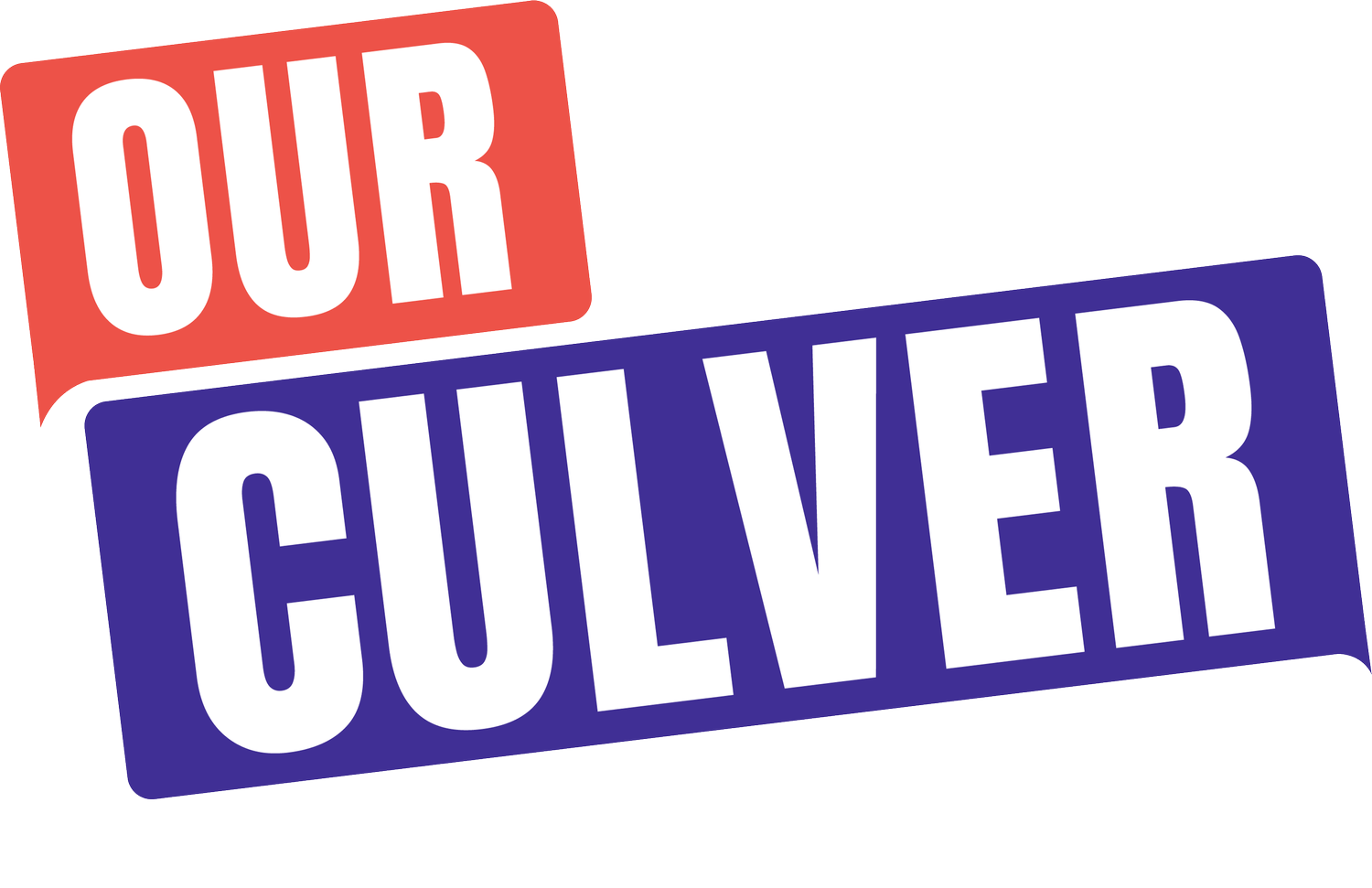Did homelessness decrease in Culver City?
The results from Culver City's annual homeless count are in, and there's good news: we're seeing significant progress in providing shelter for the city's unhoused residents. You might be wondering how the city has been handling these issues, so we put together an explainer to answer your questions.
What Culver City programs are giving unhoused residents a place to go?
In 2018, Culver City Council and city staff worked with consultants to develop a comprehensive Plan to Prevent and Combat Homelessness. From 2018 through the present, the City Council and city staff have worked together diligently to implement this plan, resulting in three substantial shelter and housing programs:
Project Homekey
With Project Homekey, the State of California granted local agencies funds to convert motels into permanent and transitional housing for unhoused people. In 2021, Culver City voted 4-1 to apply for Homekey funds to convert two motels into 38 interim shelter units and 35 permanent housing units. The Culver City Project Homekey shelter and housing units started welcoming residents in November 2023 and the permanent units have steadily filled to capacity. The site just won an award for excellence in affordable housing.
Wellness Village
Culver City’s Wellness Village provides a safe camping site for unhoused residents via 20 large city-provided tents, along with supportive services and 24-hour staffing. Wellness Village opened in 2023 after a years-long effort to repurpose a city-owned lot on Virginia Ave as a homeless shelter.
But it wasn't always intended to be a safe camping site. First, the City Council voted unanimously in October 2021 to fund a safe parking site at Virginia Ave. Then, in May 2022, the City Council considered building pallet shelters at the site, but safe camping was introduced as a more cost-effective interim solution, given the ultimate goal of providing more permanent housing options at this site:
The City Council’s Homelessness subcommittee (Yasmine-Imani McMorrin and Alex Fisch until 2022, and McMorrin and Dan O’Brien since then) continued to work with staff on the details of the program through its opening in August 2023.
Motel Master-Leasing
For many years, Culver City funded a voucher program that provided unhoused residents with short-term stays at local motels. In response to the City of Los Angeles leasing out motels for its Inside Safe program, Culver City saw the need to lease large blocks of motel rooms to make sure there would be capacity set aside for unhoused folks in Culver City, too. In addition to temporary shelter, the city provides its motel residents with daily meals and supportive services. The Motel Master Leasing and Nutrition Program was approved via a series of unanimous votes of the City Council.
Will these programs continue to lead to further drops in the homelessness count?
Hopefully. The permanent units are full. Among the other programs, some just provide short-term shelter, whereas others provide longer term transitional housing. These transitional units are intended to have turnover as folks move into permanent housing, but not enough permanent housing is being built, so people will be stuck in temporary shelter for longer periods of time — or return to the street.
Altogether, these programs are currently close to capacity. When they’re full, those who are newly homeless won't have any place to go.
Is the drop entirely due to folks moving into Culver City's housing options?
Probably not entirely. It’s undeniable that new housing and shelter options were able to bring some people off the street, but the relatively low count numbers are explained by other factors as well.
A RAND report on the countywide LA homelessness count process found that events such as “cleanup activities” and “inclement weather” can result in undercounting homeless people living on the street. According to the report, unhoused folks are already a “hard-to-track population,” and events like these cause them to move to places that are simply harder to count.
The numbers from this year’s count were doubly affected: not only was it raining during this year’s count, but Culver City also engaged in a series of anti-camping enforcement operations in the months leading up to the count.
Other factors appear to have impacted the numbers, too. Notably, the number of unhoused people living in vehicles increased significantly as tent numbers decreased. Maybe it’s not so surprising that, with the city cracking down on tent use, we’re seeing more unhoused people in alternative forms of shelter like vehicles.
We also know that Culver City has sent some people living on the street in Culver City outside the city, rather than provide housing or shelter. This corresponds to a significant increase in the number of unhoused people living without a tent in the LA city council district on our western border. So perhaps some of the decrease is explained not by new housing or shelter options, but rather because we forced people to leave our city limits.
What's needed going forward?
Build permanent housing. Study after study shows that more permanent supportive housing is needed to get people out of homelessness. It’s not Culver City’s burden alone to build enough of this housing for the region, but we must do our share and we must do more than we are currently doing.
Keep people housed. Homelessness has been so hard to address in large part because new people fall into homelessness every day. Our robust rent control and tenant protections are among the most important tools we have to address homelessness because they help keep housed people in their homes.

